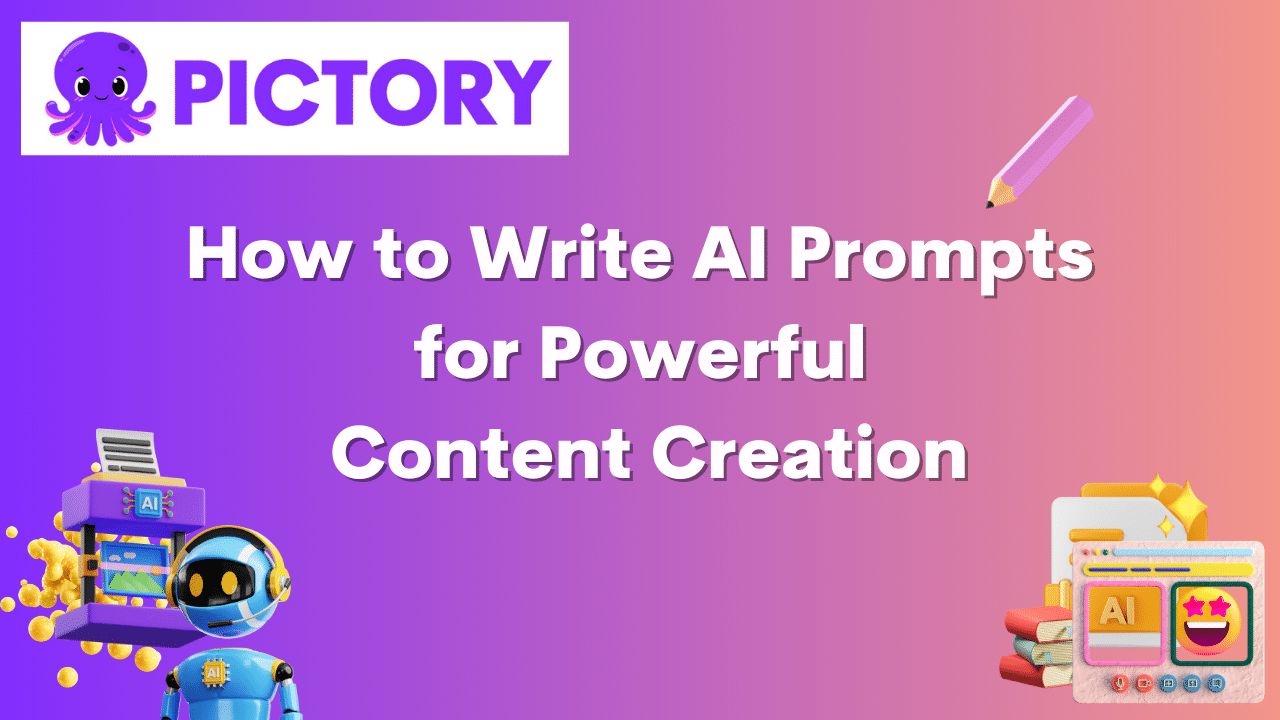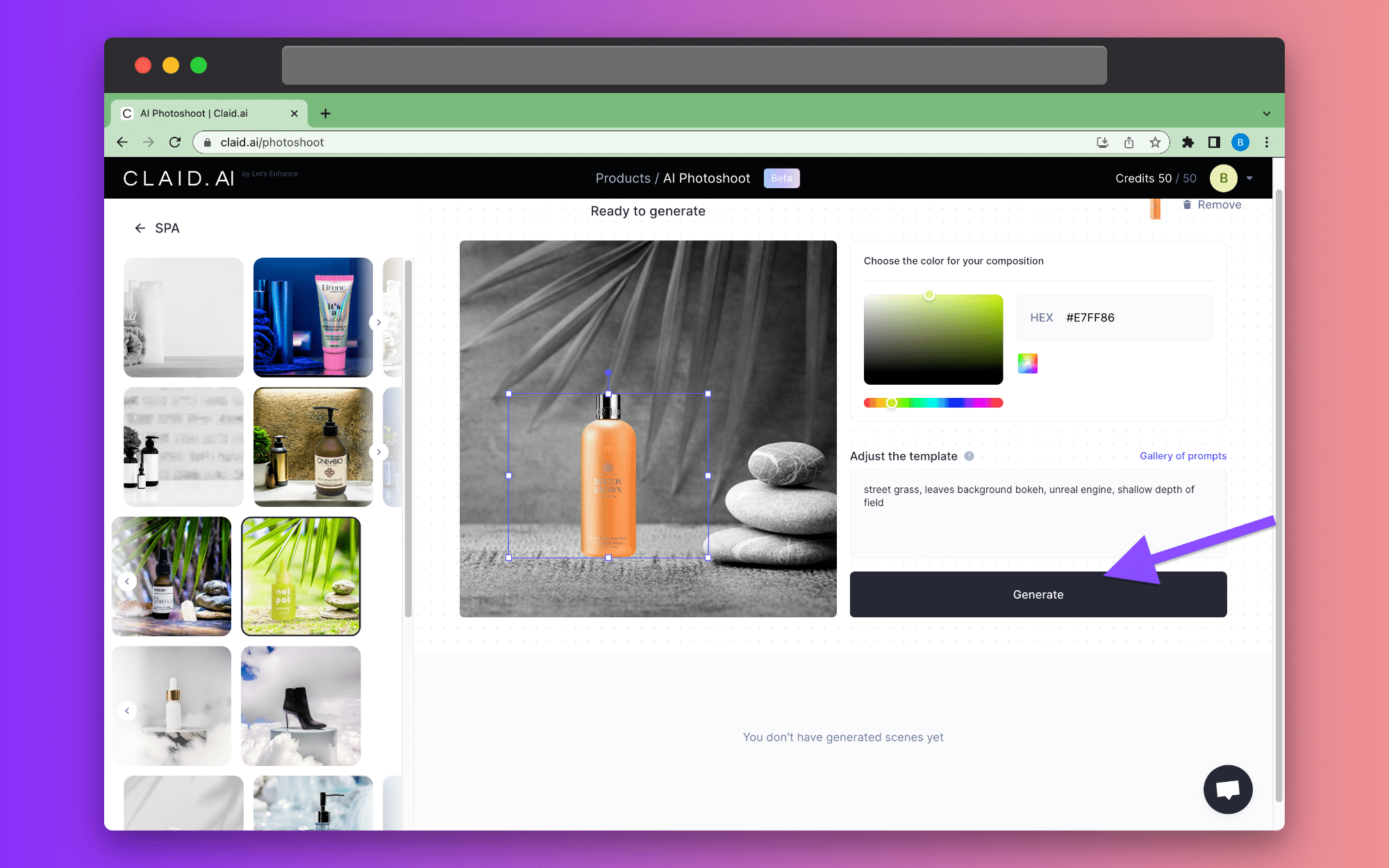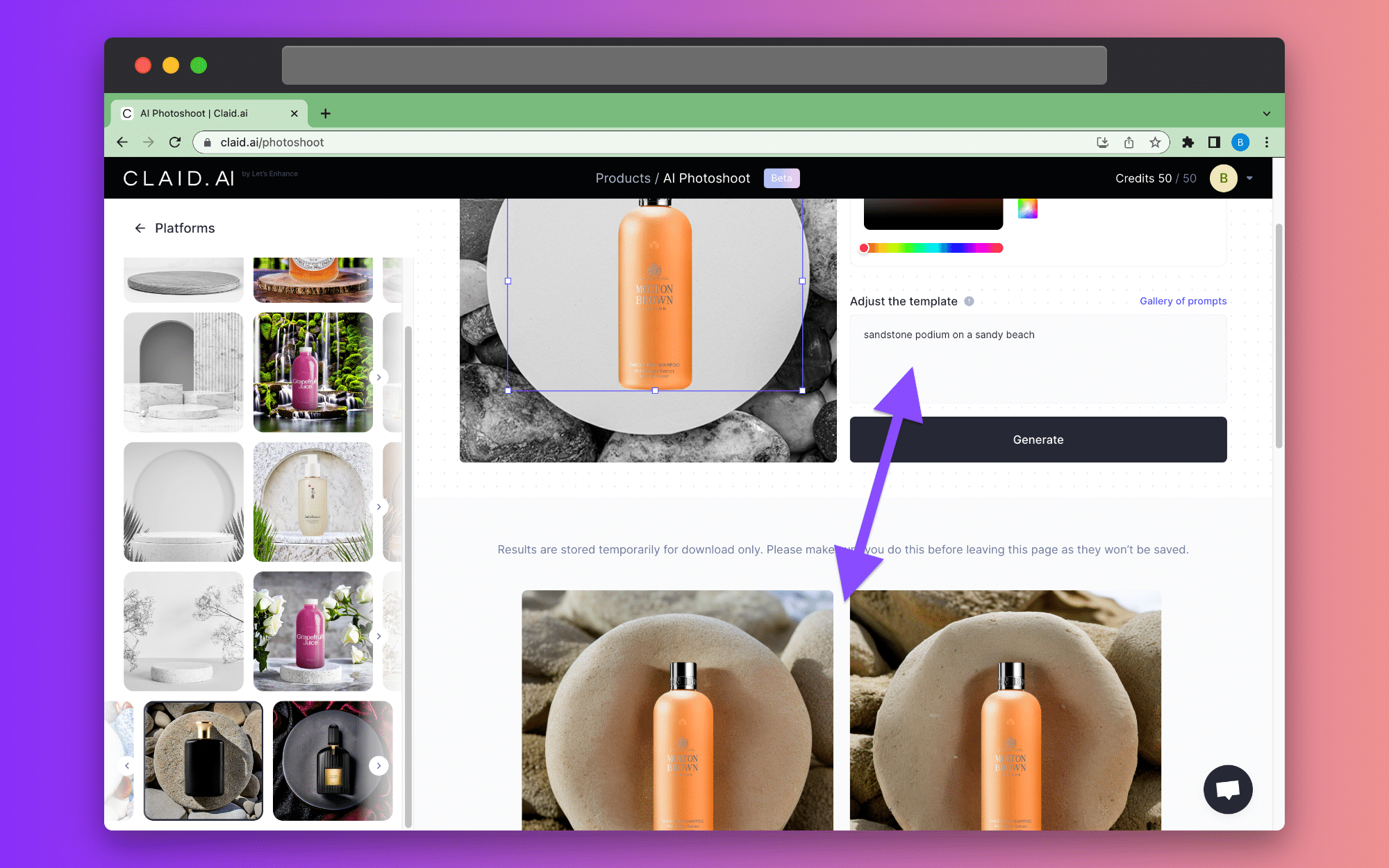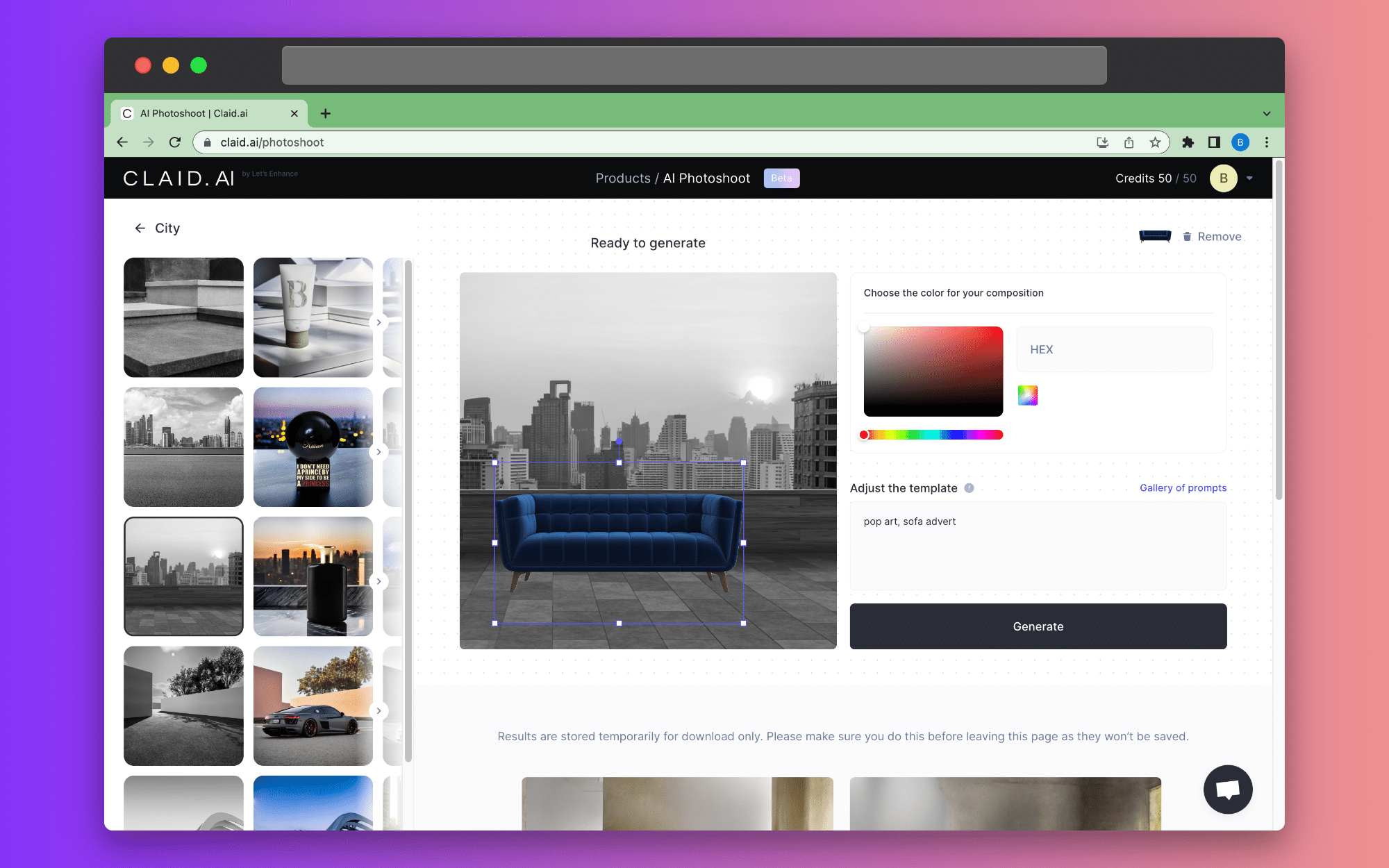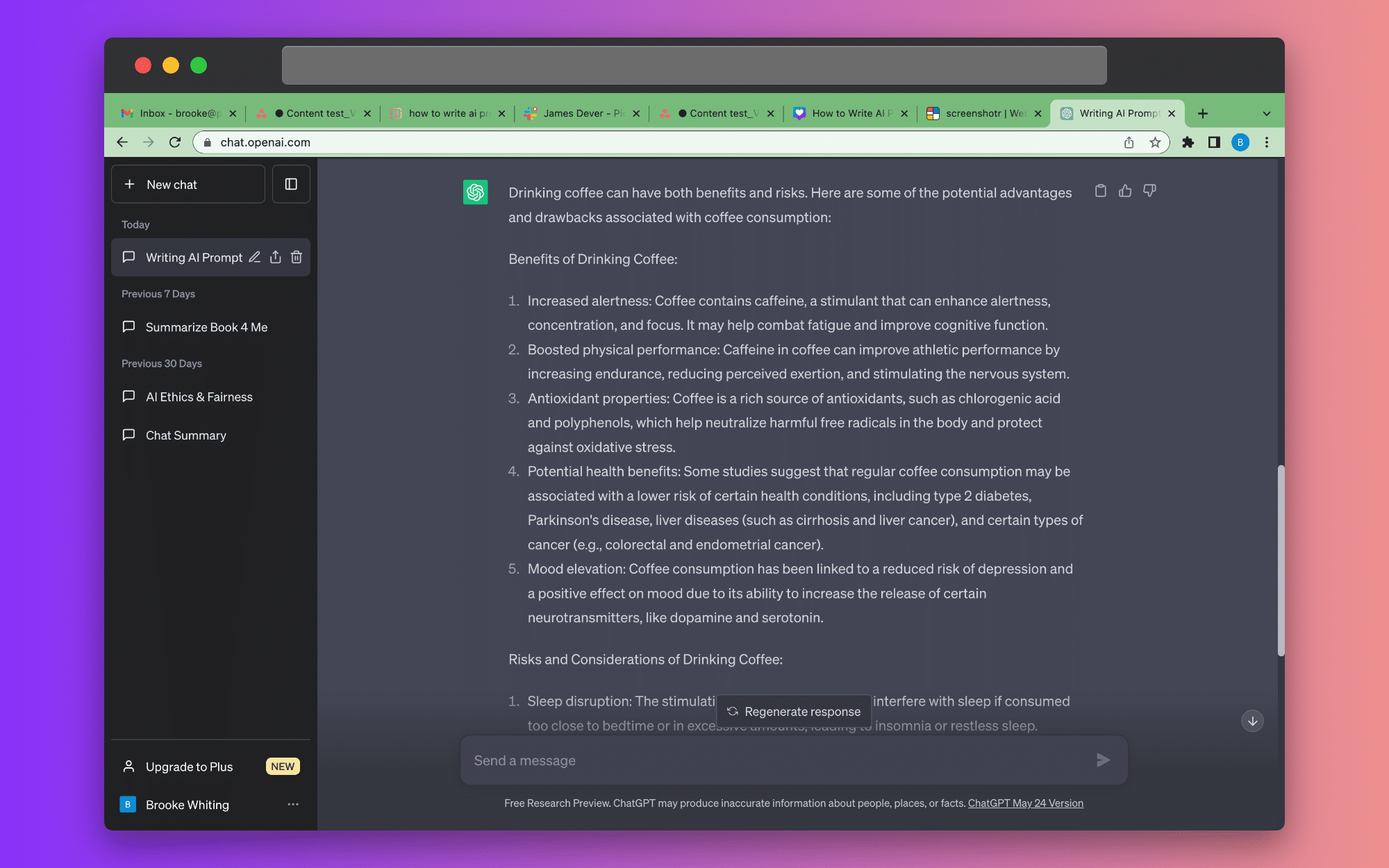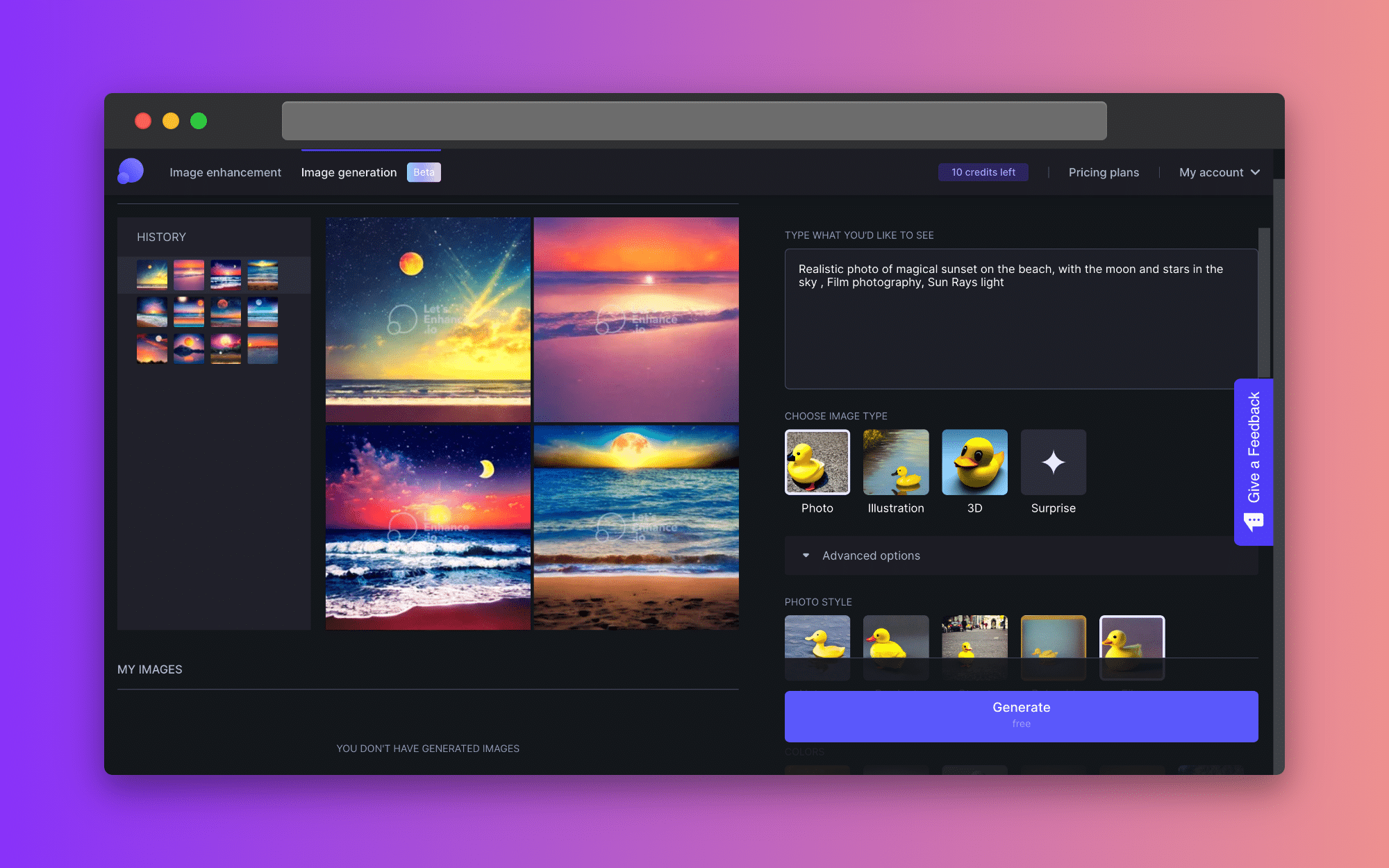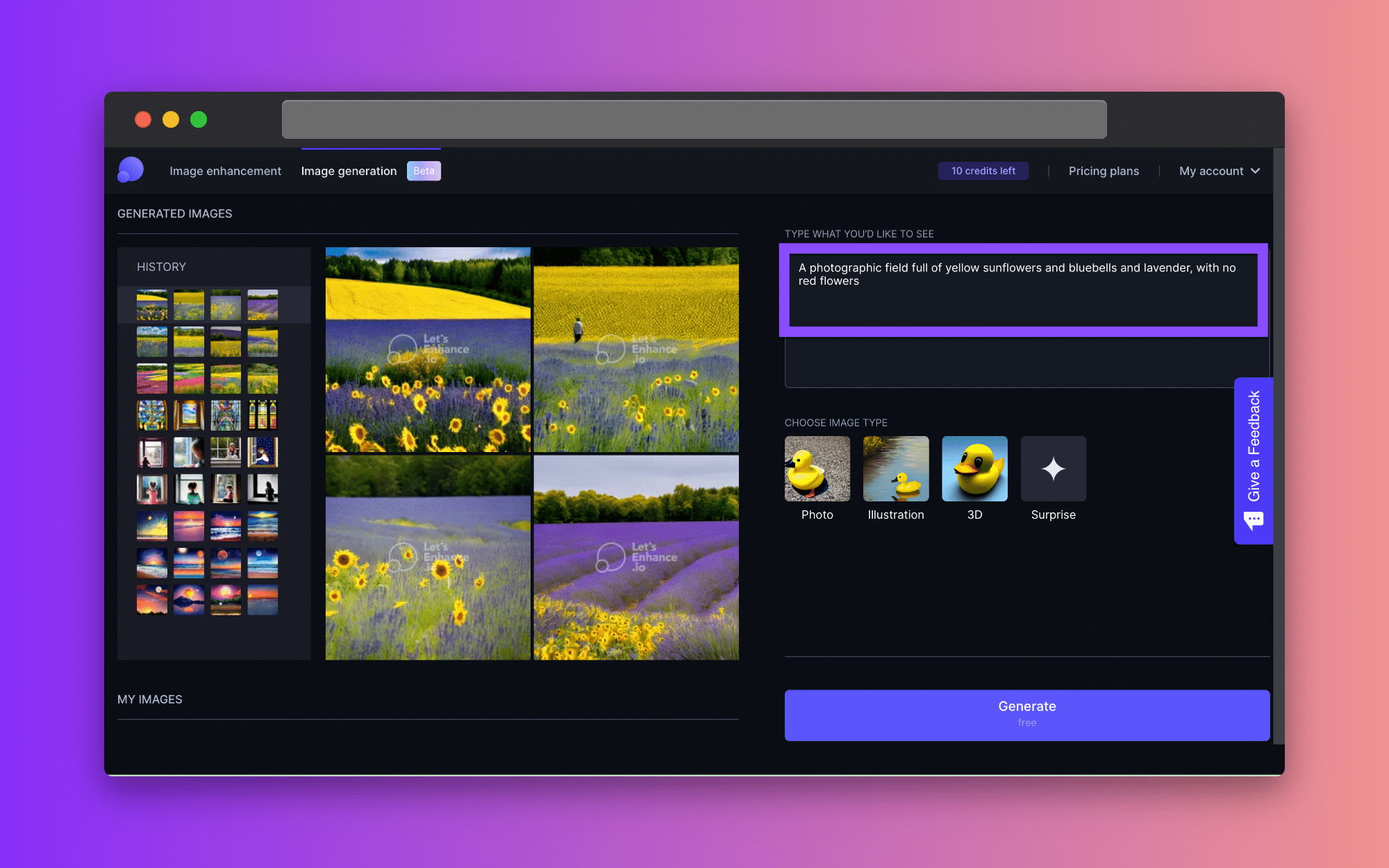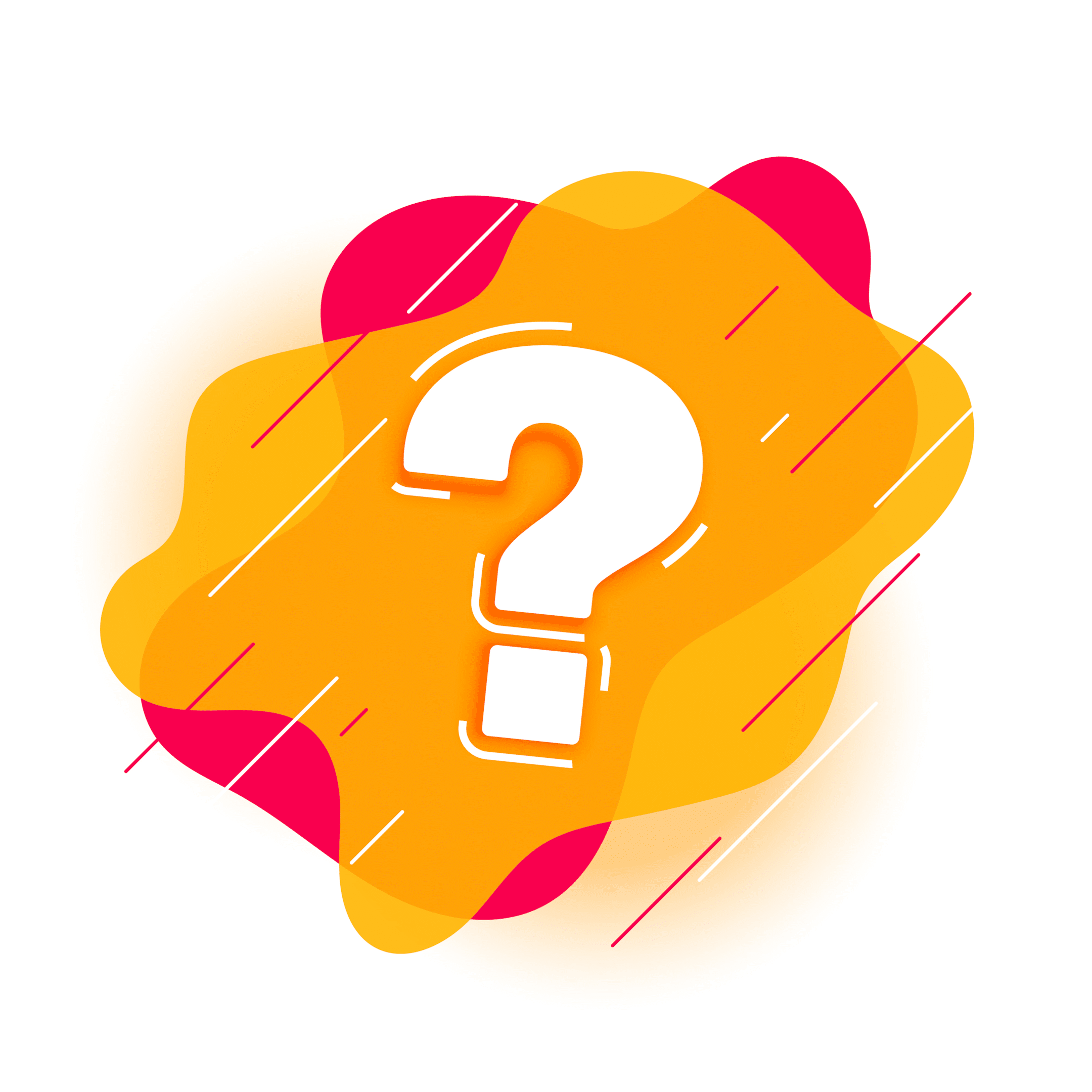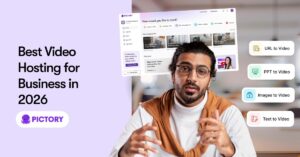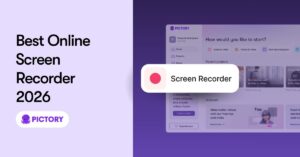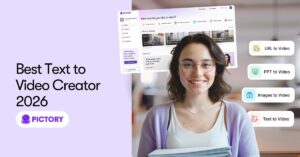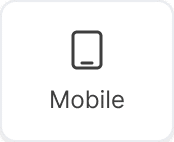The world of AI-generated content is rapidly expanding, and with it comes the need for a new skill set: how to write AI prompts.
As an artist or content creator, you may be wondering how you can harness the power of artificial intelligence to produce unique, captivating visual content.
The secret lies in mastering the art of crafting effective AI prompts that guide these powerful tools in generating the imagery you envision.
This comprehensive guide will walk you through the process of how to write AI prompts for powerful content creation, exploring various techniques and strategies to help you harness the full potential of AI art generators.
From defining your objectives to experimenting with different styles, you’ll learn how to create compelling AI-generated content that captivates your audience and aligns with your brand goals.
Short Summary
-
Master the skill of AI prompt writing to create powerful content.
-
Define objectives and choose the right AI tool for desired results.
-
Use descriptive language, experiment with different styles, and proofread/edit prompts to ensure accuracy & quality.
Mastering AI Prompt Writing
Nowadays, AI tools like Claid.ai and Let’s Enhance are transforming the way artists and businesses create visual content with the help of image generators.
As a prompt engineer, your role is to provide clear and concise instructions that allow AI art generators to produce stunning images that meet your objectives.
By mastering the art of writing effective prompts, you’ll ensure the AI model captures the essence of your vision, resulting in accurate and impactful AI-generated art.
AI prompt writing is a delicate balance, requiring you to be specific and descriptive while avoiding overloading the AI with too much information.
To achieve this, it’s essential to understand the purpose of the content, select the right AI tool, and experiment with various art styles and AI art prompt combinations to find the perfect blend that brings your ideas to life.
One effective way to master this skill is to practice with writing prompts and write ai prompts regularly.
By refining your prompt writing skills, you’ll be able to unlock the full potential of AI image generation and create powerful content that resonates with your audience.
Define Your Objectives
Before diving into AI prompt writing, it’s crucial to define your objectives.
This ensures that the generated content aligns with your brand goals and resonates with your target audience.
By engaging with the seller and providing clear instructions, you can guarantee that the content produced is in accordance with your brand objectives.
Defining your objectives not only guides the AI tool in generating the most optimal content but also streamlines the entire content creation process.
By having a clear vision of what you want to achieve, you can craft impactful AI prompts that effectively communicate your ideas and produce content that elevates your brand’s visual appeal.
Choose the Right AI Tool
Selecting the right AI tool is vital to ensure the desired output.
Different AI tools have their unique strengths and capabilities, so it’s crucial to choose the one that best fits your needs.
For instance, if you want to generate images based on text prompts, you might opt for a text-to-image AI tool, while an image-to-image tool might be more suitable for expanding existing images through AI outpainting.
Your choice of AI tool will also depend on the specific AI model you’re working with.
Each AI model interprets the input differently due to its training and configuration.
Experimenting with various AI models and tools, such as CLIP Interrogator, ChatGPT, or Leap AI, can help you find the perfect match for your content creation needs.
Crafting an Impactful AI Prompt
Creating an impactful AI prompt involves striking the right balance between clarity, specificity, and creativity.
Your prompt should provide clear instructions, yet leave room for the AI to generate unique and engaging content.
By incorporating open-ended questions, contextual information, and descriptive language, you can craft AI prompts that guide the AI tool to generate content that aligns with your vision and captivates your audience.
To make an AI prompt more engaging, consider experimenting with different styles and genres.
For instance, you could reference specific art styles like pop art or surrealism, or even mention a particular artist whose work you’d like to emulate.
By pushing the boundaries of your AI prompts, you’ll encourage the AI to generate a diverse range of content that showcases the full extent of its creative potential.
Be Clear and Specific
When writing AI prompts, it’s essential to be clear and specific.
A well-crafted AI prompt will provide the AI with the necessary information to generate the desired content while minimizing the risk of misunderstandings or inconsistencies.
An illustrative example of a clear and specific AI prompt would be “a steampunk unicorn, roses and flowers, gears”.
By contrast, a nebulous prompt like “Explain the meaning of life” could be improved by making it more precise, such as “Explain some popular philosophical perspectives on the meaning of life.”
Being clear and specific in your AI prompts not only ensures a consistent response but also helps the AI tool better understand your request.
By providing concise instructions and specifying details such as action, tone, and style, you can create AI prompts that generate content that truly reflects your vision and captivates your audience.
Incorporate Contextual Information
Incorporating contextual information into your AI prompts can greatly enhance the AI tool’s understanding of your request.
By providing background information and specifying the target audience, you give the AI tool valuable context that can help it generate more accurate and relevant content.
This includes information pertaining to the topic, the nature of the desired output, and any specific details or aesthetics you want the AI to consider.
By addressing questions such as “To whom is the AI content writer speaking?” and “Who is the intended recipient of the content?”, you can ensure that your AI prompts are tailored to the needs of your audience and generate content that resonates with them.
Remember, the more context you provide, the better the AI tool will be able to comprehend and address your request.
Utilize Open-Ended Questions
Open-ended questions can be a powerful tool in AI prompt writing, as they encourage more detailed and nuanced responses from the AI.
For example, instead of asking “Is coffee good or bad?” consider asking “What are the benefits and risks of drinking coffee?”
This type of question stimulates more in-depth answers, allowing the AI to explore various aspects of the topic and generate more comprehensive content.
By incorporating open-ended questions into your AI prompts, you can not only enhance the depth and complexity of the AI-generated content but also stimulate the AI’s creativity, leading to more unique and engaging outputs.
So, when crafting your AI prompts, be sure to ask open-ended questions that encourage the AI to think beyond simple binary responses.
Enhancing Your AI Prompts
To enhance your AI prompts, consider experimenting with different styles, using adjectives and emotional language, and referencing art forms, styles, and artists.
By incorporating vivid details and concrete language, you can help the AI generate more predictable results, while poetic or abstract language may lead to more unexpected outcomes.
Depending on your objectives, a blend of both may be utilized.
Another way to enhance your AI prompts is by becoming familiar with obscure art styles, as AI art generators are capable of recognizing them.
This can be beneficial in creating more varied and distinctive art, allowing you to push the boundaries of your AI-generated content and truly showcase the creative potential of AI art generators, including the use of an ai art generator and ai image generators.
Experiment with Different Styles
When crafting AI prompts, don’t hesitate to experiment with different styles.
By using descriptive language, you can create vivid images that captivate your audience and avoid vague descriptions like “magical creature” or “relaxing landscape”.
For instance, you could explore various art styles such as pop culture icons, art styles like watercolor painting, realism, and surrealism, or even reference specific artists whose work you’d like to emulate.
By experimenting with different styles, you’ll not only broaden your creative horizons but also unlock the full potential of AI-generated content.
So don’t be afraid to step out of your comfort zone and explore the endless possibilities that AI art prompts have to offer.
Use Descriptive Language
Descriptive language is essential for creating effective AI prompts.
It helps the AI tool generate more captivating and precise content while ensuring accuracy and efficacy.
Examples of effective AI art prompts include “a child playing on a sunny beach,” “an impressionist oil painting of a cute robot,” and “a distant galaxy filled with tiny colorful stars”.
By using vivid and concrete language, you can create AI prompts that not only provide clear instructions but also leave room for the AI to generate unique and engaging content.
So, when crafting your AI prompts, be sure to use descriptive language that paints a vivid picture of the content you want to generate.
Examples of Effective AI Prompts
Overcoming common AI prompt challenges is crucial for crafting effective prompts.
Some of these challenges include avoiding negative prompts, unbundling the artist’s style, and using photography terms.
To overcome these challenges, consider utilizing affirmative language in your prompts, such as “yellow flowers, blue flowers” instead of “no red flowers”.
Another way to overcome common AI prompt challenges is by familiarizing yourself with various art styles and artists.
By expanding your knowledge and experimenting with different techniques, you can craft AI prompts that effectively communicate your vision and generate captivating content that resonates with your audience.
Overcoming Common AI Prompt Challenges
One of the key challenges in crafting AI prompts is avoiding ambiguity.
To do so, make sure to omit parts of the reference clearly and avoid leaving loopholes for assumptions.
This ensures that your AI prompt is lucid and unambiguous, allowing the AI tool to accurately interpret your request and generate content that aligns with your vision.
By avoiding ambiguity and being mindful of the potential pitfalls in AI prompt writing, you can create more effective and impactful prompts that guide the AI tool to generate content that truly captivates your audience and enhances your brand’s visual appeal.
Avoid Ambiguity
To avoid ambiguity in your AI prompts, ensure that your instructions are written in clear and concise language.
Refrain from using abbreviations or slang, as these can lead to misunderstandings and inconsistencies in the AI-generated content.
Instead, focus on crafting prompts that provide the AI with the necessary information to generate the desired content, while minimizing the risk of misinterpretation or confusion.
By avoiding ambiguity and crafting AI prompts that are straightforward and easy to understand, you can ensure that the AI tool generates content that accurately reflects your vision.
This will not only improve the overall quality and relevance of your AI-generated content but also enhance the user experience by providing clear guidance and direction for the task at hand.
Proofread and Edit
Proofreading and editing your AI prompts is essential to ensure they are free of grammatical or spelling errors that could confuse the AI tool.
This process not only enhances the overall quality and accuracy of your content but also improves the clarity and readability of your prompts, ensuring that they are consistent with your article’s general tone and style.
You can proofread and edit your AI prompts either manually or using automated tools, such as spell checkers, grammar checkers, and style guides.
By taking the time to carefully review and revise your AI prompts, you can guarantee that they effectively communicate your ideas and generate content that accurately captures your vision and resonates with your audience.
Summary of How to Write AI Prompts
In conclusion, mastering the art of AI prompt writing is essential for harnessing the full potential of AI-generated content.
By defining your objectives, selecting the right AI tool, and crafting impactful AI prompts using clear and specific language, open-ended questions, and contextual information, you can create captivating content that aligns with your brand goals and captivates your audience.
So whether you’re a novice or a seasoned artist looking to leverage the power of AI art generators, this comprehensive guide has provided you with the knowledge and tools necessary to create powerful and engaging AI-generated content.
Now, it’s time to put these strategies into practice and unleash your creativity with AI-generated art.
Frequently Asked Questions
What is an example of an AI prompt?
An example of an AI prompt would be to create an abstract painting inspired by the rush hour traffic in New York City, asking the artist to consider the dynamics and colors that this scene might evoke.
This type of prompt encourages creativity and allows the artist to explore different ideas and techniques.
How do you structure an AI prompt?
To structure an AI prompt, begin by defining a clear subject that is described with concrete nouns.
Then use adjectives and adjectives to describe the subject in greater detail.
Finally, ensure that the message communicates a whole idea within 3-7 words so that the AI can interpret it accurately.
What are the tips for AI prompts?
When using AI art tools, use clear and concise prompts with 3-7 words, include adjectives to provide emotional context, and make sure to define any details and style of the artwork desired.
This will ensure the AI can accurately generate what you are looking for.
What is prompt writing in AI?
Prompt writing in AI refers to the practice of providing text, instructions, or questions that are used to generate output from an AI model.
It involves creating language commands that will be used by the AI model to determine its response or behavior, enabling people to interact with AI more like they would with a human.
This type of interaction can be used to create more natural conversations between humans and AI, allowing for more efficient and effective communication.
It can also be used to create more personalized experiences for users, as AI models can be trained to create more personalized experiences for users.
How can I improve my AI prompt writing skills?
To improve your AI prompt writing skills, strive to make a connection with your readers, incorporate descriptive language, and take advantage of resources that provide examples of effective prompts.
By following these steps, you will be well on your way to mastering the art of prompt writing.
If you’re looking for more content like this, check out 250 of the Best Chat GPT Prompts to Inspire Your Writing!
And sign up for a FREE Pictory account to turn your new content into stunning videos in minutes!

